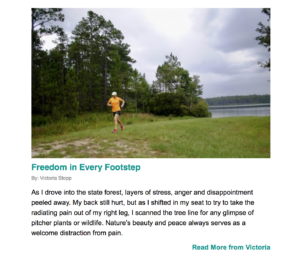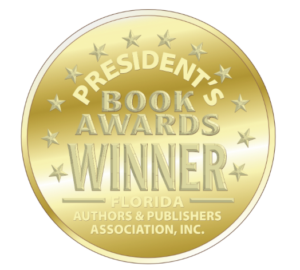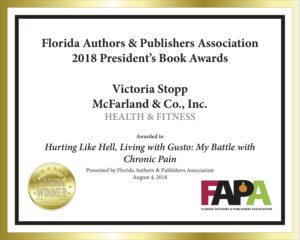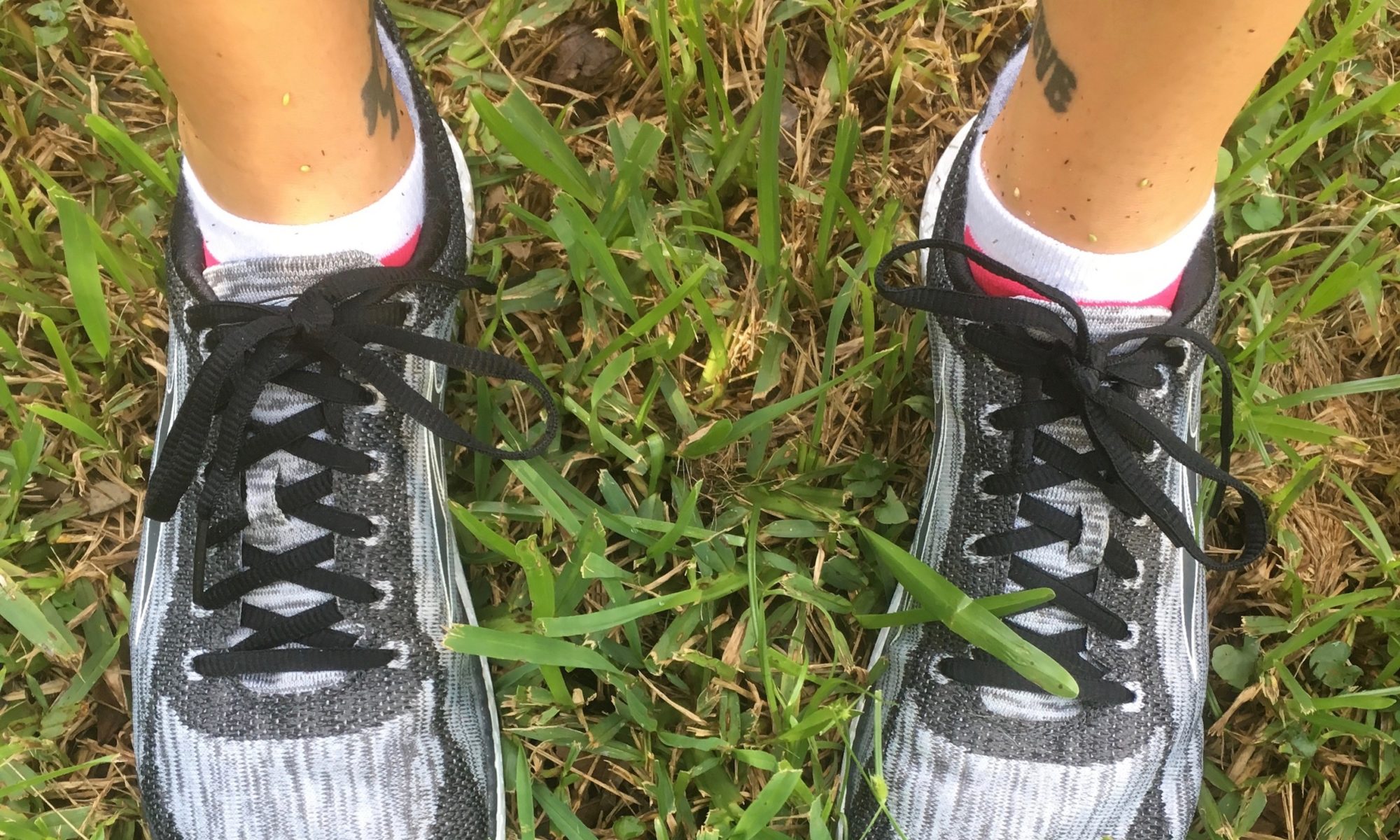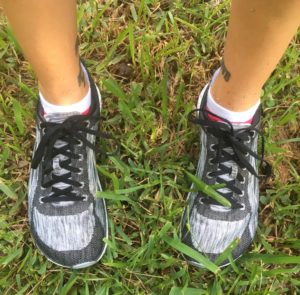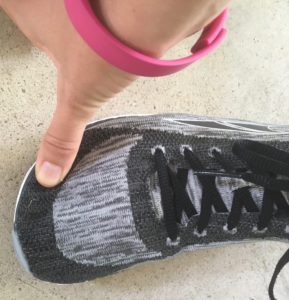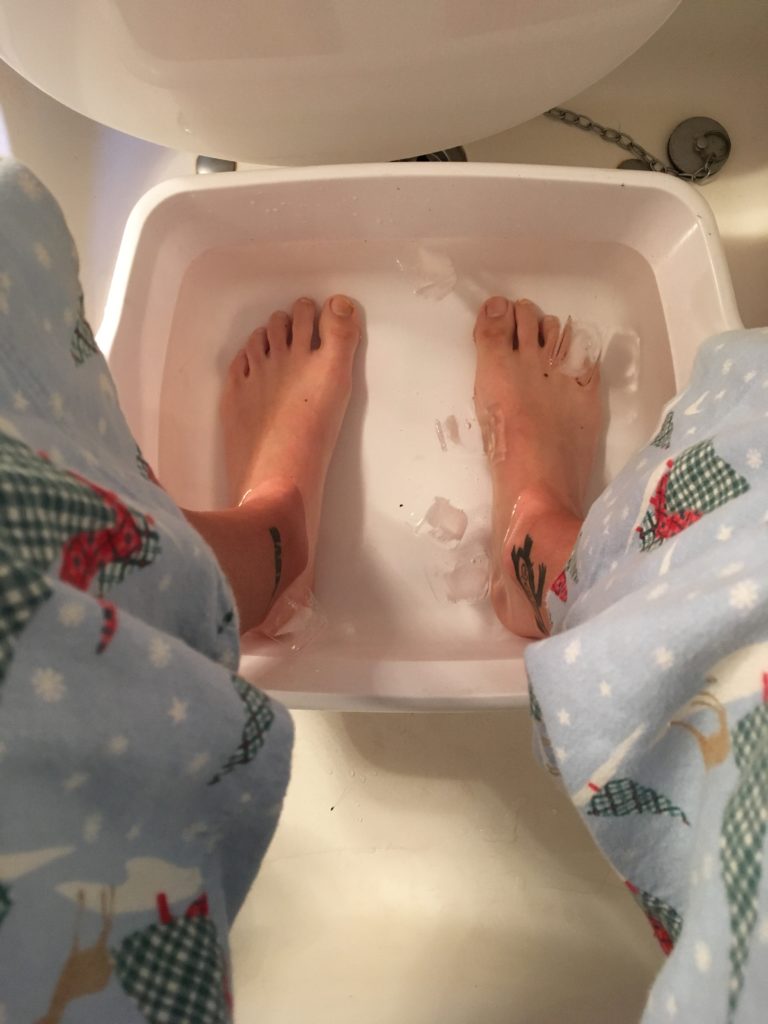
My stellar run in new shoes turned out to be not so stellar at all. Despite feeling fine during the 6.25-mile run, and fine during a walk later in the day, I woke up the next day with sore feet. Those sore feet turned into agony and debilitation when I tried to to walk to the park near my house. Within a quarter mile, I had to stop. I couldn’t even get myself home and had to call for a ride. My feet felt like something was tearing off the bones in the space between my metatarsal heads and my toes.
I had no idea what was going on and had never felt such pain before. Perhaps scariest, the burning, tearing sensation was in both feet. I only felt it during push-off in the gait cycle, but of course that’s a major component of walking and running. I discovered that if I took off my shoes and socks and walked barefoot, I was pain-free. But as soon as I put on shoes– any shoes, regardless of model or style– the bilateral foot pain was so intense I couldn’t take a single step.
Transverse Arch Pain, Not Plantar Fasciitis
After extensive Googling that consistently turned up results for plantar fasciitis even though plantar fasciitis didn’t make sense with my symptoms, my fear and discouragement grew. I co-taught anatomy & kinesiology at our local community college for four years, but still couldn’t figure out what was going on with my feet. I pulled out the two textbooks I kept from my teaching days and still couldn’t quite make sense of what I was seeing. The internet definitely wanted to convince me that I had plantar fasciitis, but I knew that wasn’t right. I started wading through information on the structures of the foot and paid particular attention to the transverse arch. Bingo. The transverse arch essentially runs through the foot rather than along its length. I honestly didn’t even know the transverse arch existed until it caused me some of the worst pain of my life.
I’ll spare the details of a very intense eighteen days, but suffice it to say that the last couple weeks and days have been terrible. With the help of other practitioners, including an orthotist, we decided my hunch was right about the transverse arch in each foot. I tried everything, spent a ton of money on shoes (most of which I returned), used supportive insoles, and nothing helped. The insoles made me even more miserable because they were so rigid and high that my longitudinal arches and heels started to ache. The orthotist showed me metatarsal pads, which are essentially hard little pieces of foam that look like large guitar picks. If placed behind the metatarsal heads, the pads should support the transverse arch. I took the little pieces of foam home with renewed hope that I could at least walk from one room to another without agony.
In Search of Metatarsal Pads
The met pads (lingo, so I’ve discovered, for metatarsal pads) were a new kind of misery, but they had potential. Unlike the full-length insoles, the met pads targeted one problem area, the transverse arch, rather than trying to rework the entire shape and mechanics of my feet. I sanded down the hard foam to make them not so intrusive, but they still felt like smooth rocks under my feet.
A trip to Walgreens for something to support my transverse arches was a bust, but CVS provided a little more hope. I bought a package of thin, soft foam metatarsal pads. They were much larger than the met pads from the orthotist, but I cut them down with my old EMT scissors until they were the same shape and size as the hard foam ones. I put one in each shoe, and after a lot of misery and trial and error, was finally– after two weeks– able to walk semi-humanlike. The thin foam must’ve been just enough to support my transverse arches without feeling like I was walking on rocks.
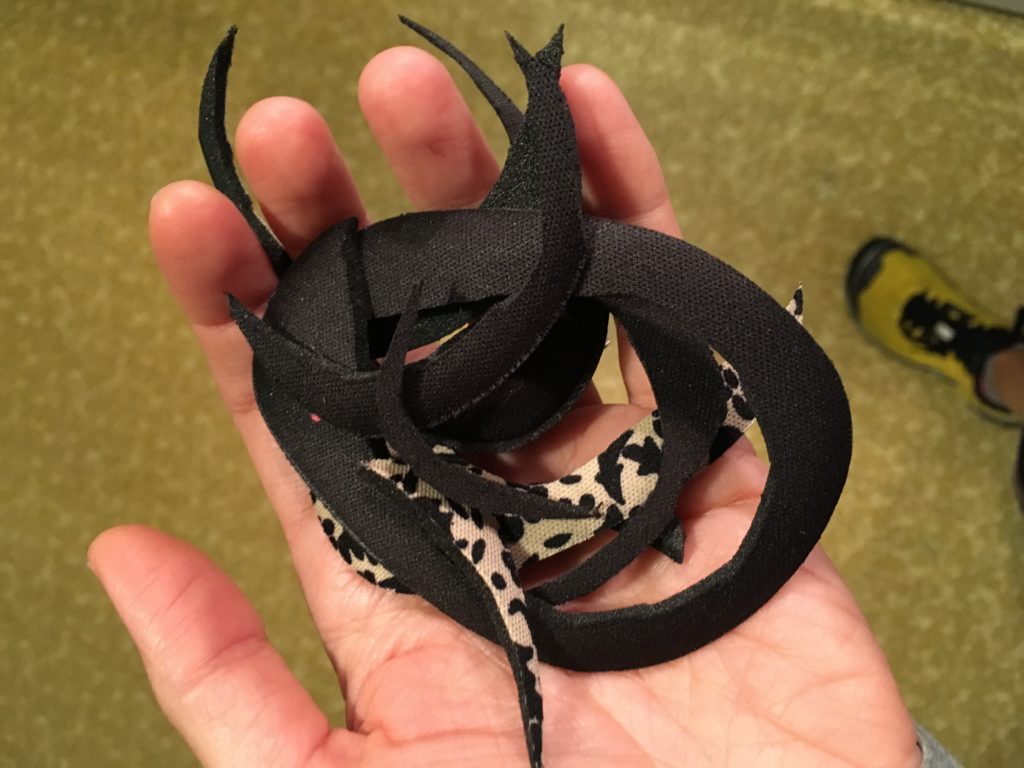
After a day, though, the pain got worse again, even with my homemade met pads. I realized that the cheap foam must’ve compressed too much and not rebounded, even though I’d probably walked only a total of a quarter mile on the pads. I cut another set and doubled them on top of the originals and began moving somewhat humanlike again. Transverse arch pain is no joke! This is some of the worst pain and debilitation I’ve ever experienced, even beyond the years of back and neck issues I’ve suffered.
Followup with the Doc
As things stand now, I’m heading back to the doctor tomorrow for an updated plan. I haven’t run in almost three weeks and can still barely walk, but the left foot seems to be improving. The right foot is the worst, which is weird because it started out better than the left. I have all kinds of ideas for inexpensive ways to custom-build some met pads for myself and will likely take a trip to Home Depot and/or Michael’s tomorrow to buy industrial foam and craft foam. Medical supplies are marked up so high, but it’s easy to find workable materials other places that will stand in just as well as the so-called specialty medical crap.
I’m very worried about my feet, especially the right one, but worry and anxiety only contribute to pain, so I’m trying to chill. I have newfound knowledge about the transverse arch, but I wish I never had to know anything about it. Here’s hoping tomorrow’s doctor’s appointment is worthwhile and helpful. I’m going crazy without running, walking, and hiking.
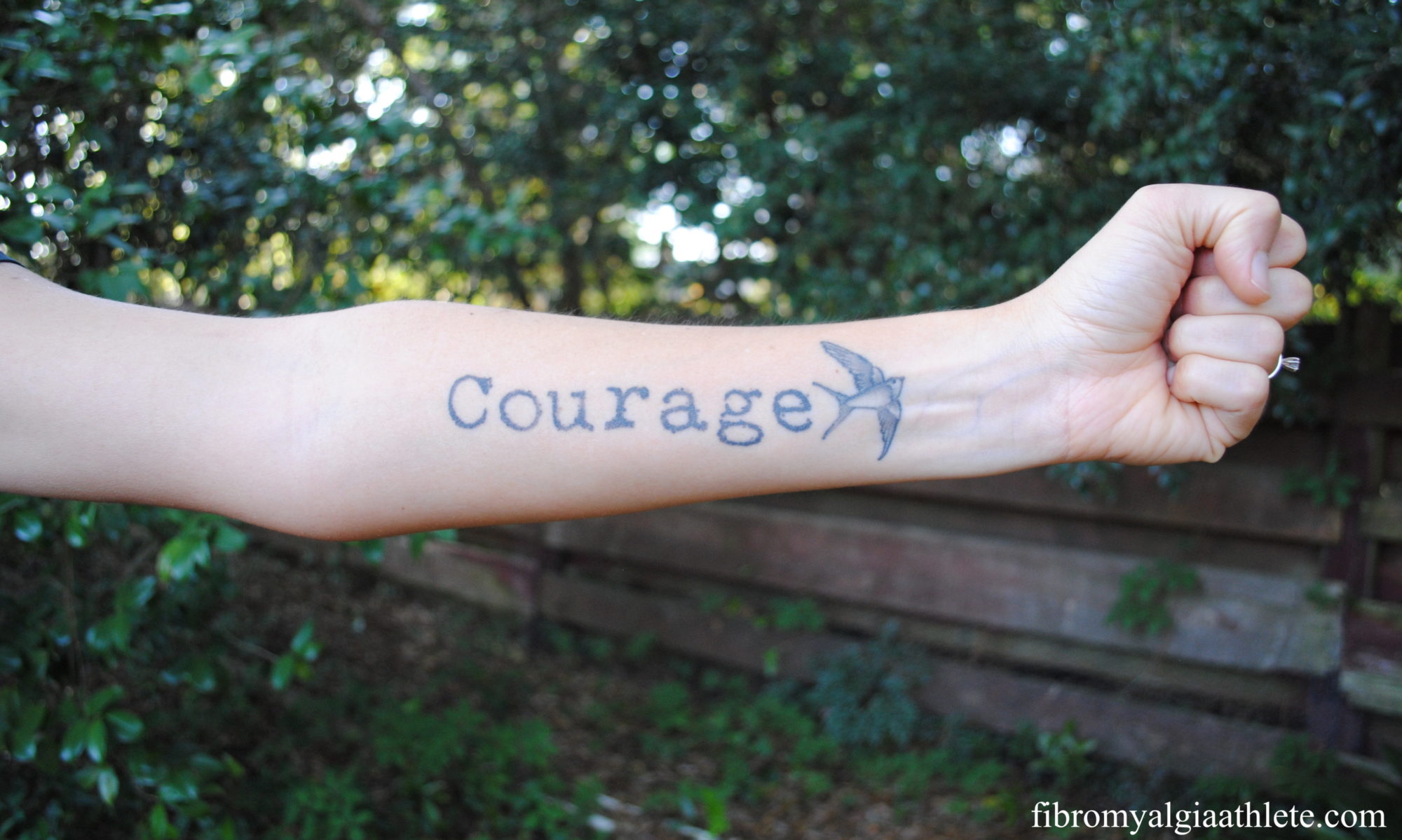
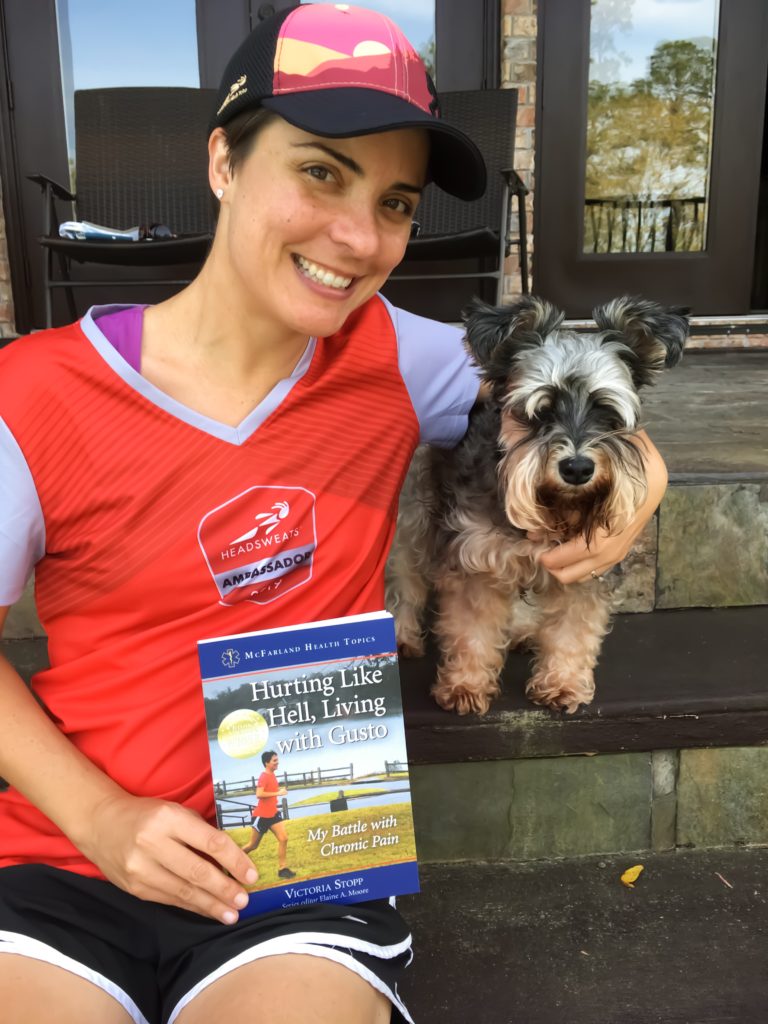

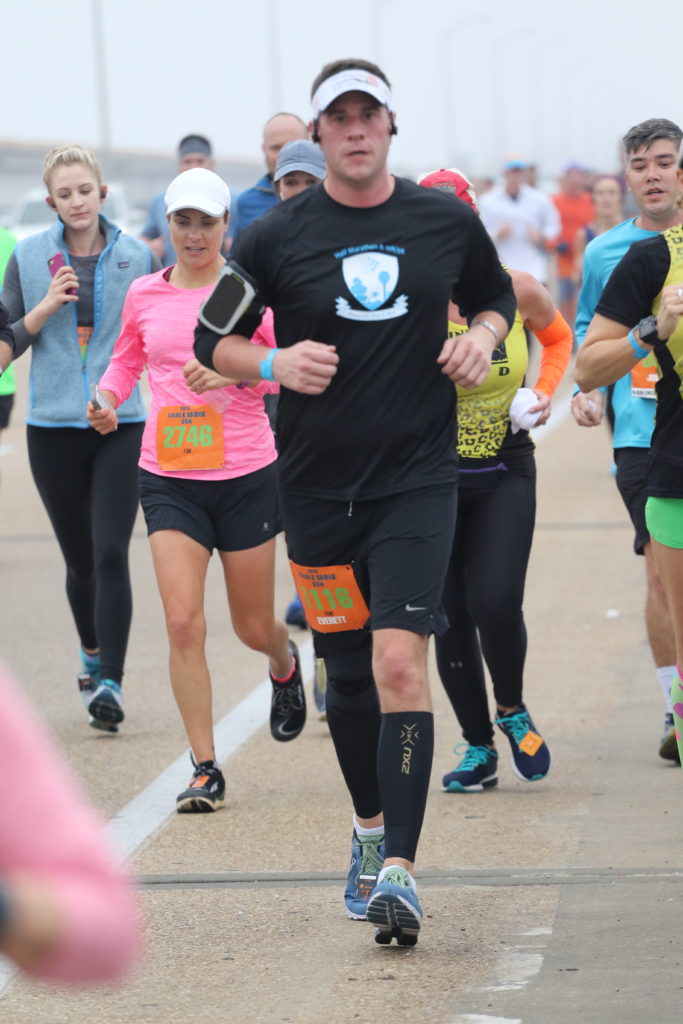
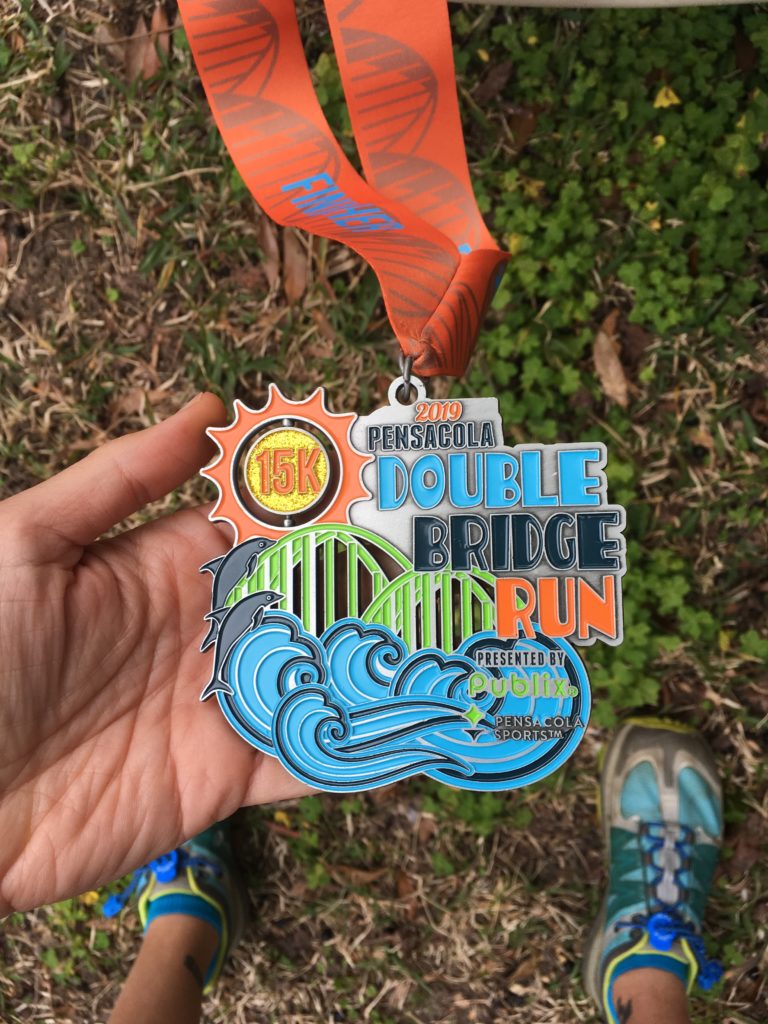

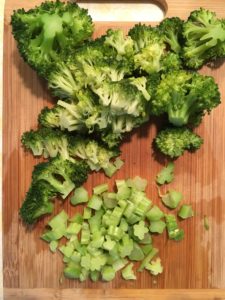
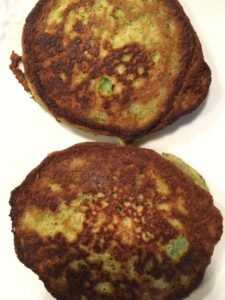
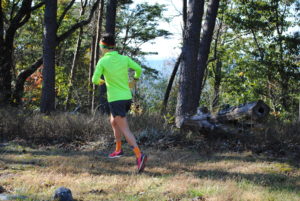
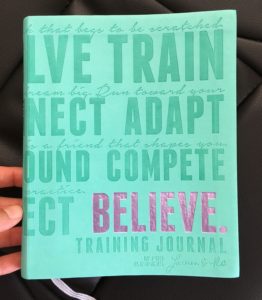
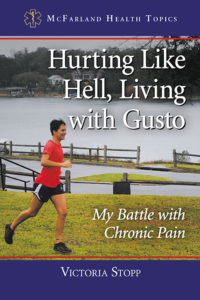 Temporary price drop!
Temporary price drop! 